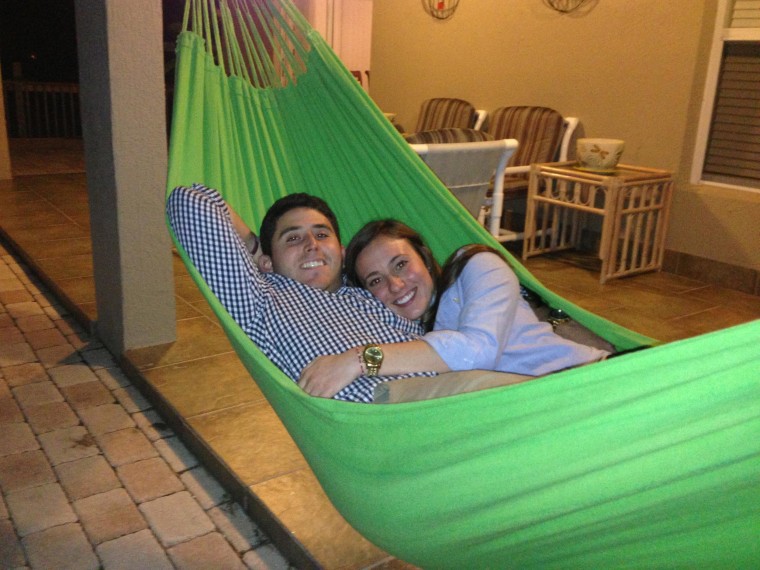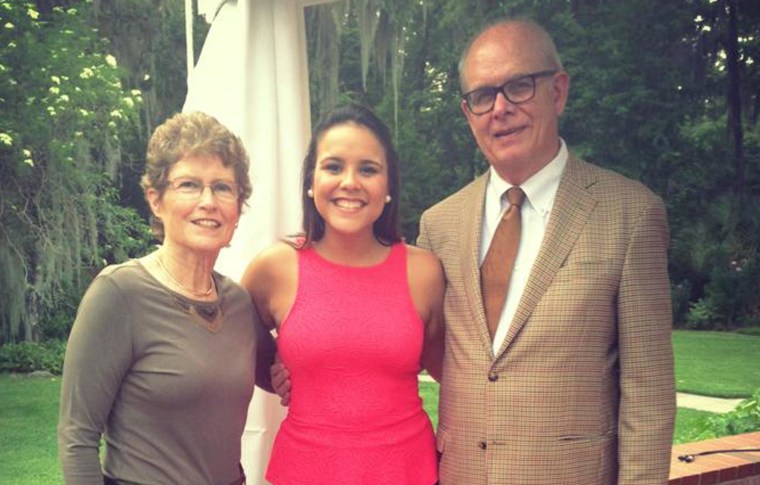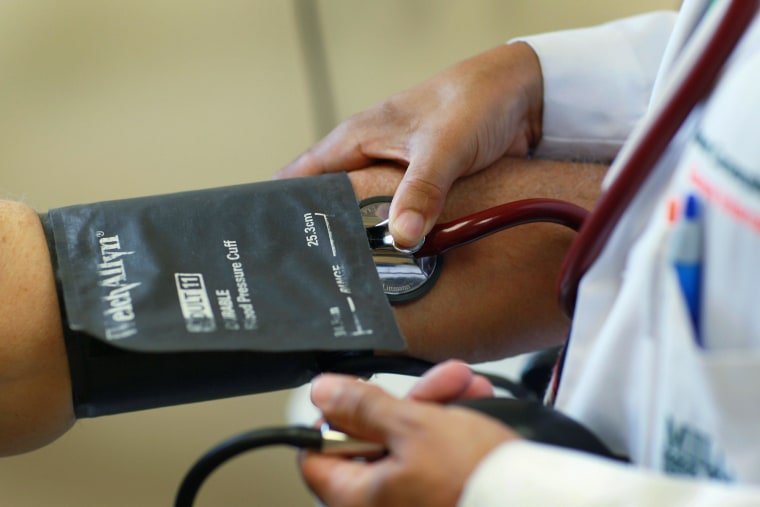Growing up in with severe asthma, Alejandro Chavarriaga would be hospitalized multiple times a year with labored breathing. It was precisely those hospital stays that sparked his desire to become a doctor. Now in his third year in medical school, Chavarriaga said his dream career would not have been possible without his enrollment in a program that gets more promising students like him into medical school and helps increase the number of Latino and other minority medical professionals.
Florida State University's Bridge to Clinical Medicine was established several years ago to expand the number of medical students from medically underserved, rural, and inner-city communities. The 12-month Master’s program provides education and clinical practice to students who meet all the criteria for medical school, but perhaps don’t have a high Medical College Admission Test (MCAT) score.

“I come from a background that’s not well represented in the medical arena in the US,” said Chavarriaga, who moved with his family when he was 9 to Melbourne, Florida from Medellin, Colombia with one suitcase and no money. Though he was thrust into a new language and culture, he excelled in school, was active in the community, and went on to college to complete a pre-med program.
The students invited to enter the Bridge program have done well in school, have all the ethics, and are “burning with desire to go to medical school," explained Myra Hurt, an FSU Senior Associate Dean for Research and Graduate Programs, who came up with the program along with Associate Dean Helen Livingston. The students are just missing a high MCAT score and because of that don’t usually make it to the interview portion of the application process.
Hurt thinks the verbal reasoning sections of the MCAT are biased against young people who come from other countries or whose parents are not college-educated professionals. In 15 years working in medical school admissions, she saw few non-white medical school applicants. She also noticed most of those applying to medical school came from families where both parents went to college and were professionals.
“This convinced me a long time ago,” said Hurt, about the need for a program like FSU's.
Once students complete the program, where they have to maintain a B average, they are enrolled in FSU’s medical school - essentially creating a “bridge” between college and medical school.
Students who attend the Bridge program often go on to become leaders in their medical school class. Chavarriaga was president of his class during his first two years of medical school and was just elected for the next two years.
Although there are over 52 million U.S. Hispanics, there are only around 55,000 Latino doctors, according to the American Medical Association.
Programs that increase access to medical school are crucial to expand the pool of Latino physicians. Although there are around 52 million Hispanics in the US, there are only around 55 thousand Latino doctors, according to the American Medical Association.
In the past three years, 119 students have been enrolled in the Bridge program – 65 percent are African-American, 20 percent are Hispanic and 20 percent are from a rural background. The graduation rate for those who go on to the College of Medicine is high – around 96 percent.
And while there is a shortage of primary care physicians in the US, 72 percent of the Bridge students who graduate from medical school go into primary care, compared to only 56 percent in the regular program.
Stephanie Rolón Rodríguez moved from Puerto Rico to Sanford, Florida, when she was 10. She became interested in medicine while on missions with her church. She realized there were few Hispanic doctors in her area and virtually no female Hispanic doctors.
“Every time I see a Hispanic doctor I get excited. If it’s a woman, I get even more excited,” said Rolón Rodríguez, who was the first in her family to graduate from college.

The application process for medical school was grueling because she didn’t have a mentor and did not know someone who had already been through the process who she could shadow.
Rolón Rodríguez took the MCAT twice but FSU still had a problem with her score, though she had all the right grades and requirements to be accepted. Several months ago, she was invited to enroll in the Bridge program.
Hurt, who grew up in a rural area herself, believes so much in the program that she and her husband endowed the educational suite that serves as a home base for Bridge students.
“We’re on a mission. We’re very serious about this," said Hurt. "These are kids that are qualified for medical school. We just gave them the chance.” she added.
For future physician Stephanie Rolon-Rodriguez, it's a dream come true.
“It's so rewarding to go to school and love what you’re doing. I’m loving every minute of it,” she said.
